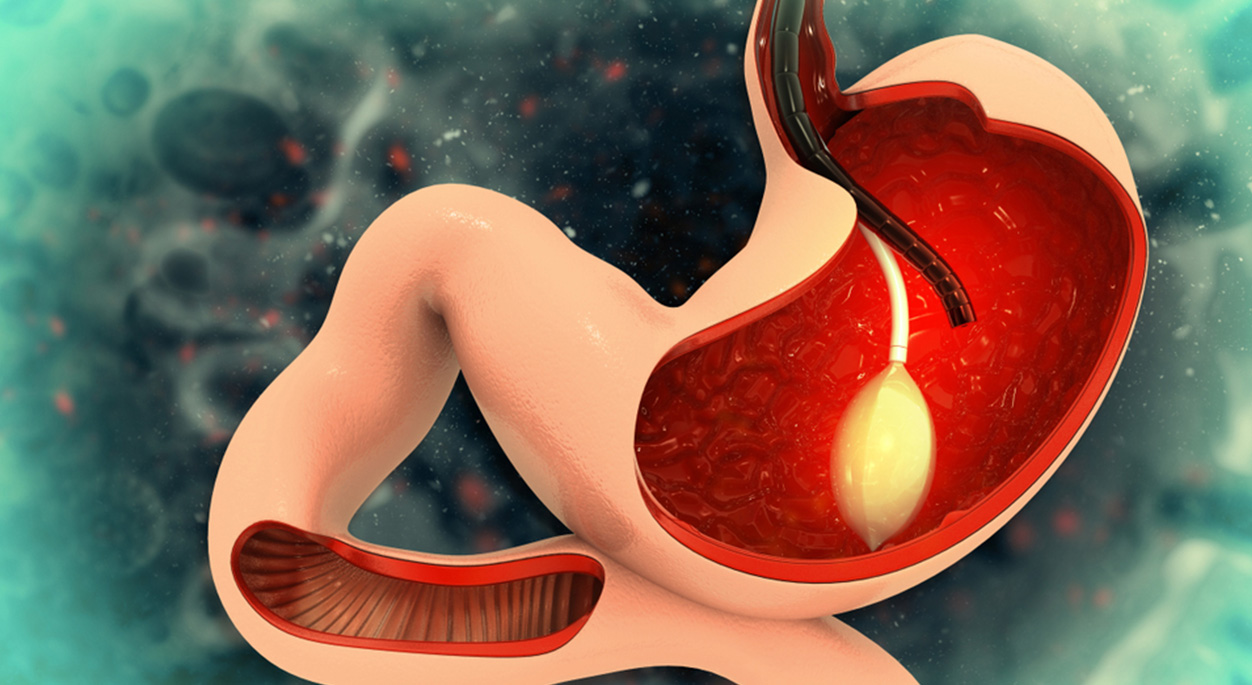
What is the Intragastric Balloon?
The intragastric balloon procedure is a minimally invasive weight loss method designed to aid in weight management. This procedure involves placing a silicone balloon filled with saline solution inside the stomach. The balloon creates a feeling of fullness in the stomach, which helps reduce the amount of food intake and promotes faster satiety. It is often used in conjunction with diet and exercise programs to enhance weight loss results.
Who is it Suitable For?
The intragastric balloon procedure may be a suitable option for individuals who meet specific criteria:
- Body Mass Index (BMI): Your BMI should be between 30 and 40. This is suitable for individuals who are overweight or on the edge of obesity.
- Healthy Lifestyle: You should be willing to adhere to healthy lifestyle changes, regular medical follow-ups, and behavioral therapy to support the procedure.
- Previous Surgery History: You should not have undergone prior stomach or esophagus surgery, as such procedures may affect the success of the balloon placement or increase the risk of complications.
How is the Procedure Performed?
The intragastric balloon placement is typically performed as an outpatient procedure in an endoscopy unit. During the procedure, a sedative is usually administered to the patient. The doctor advances a thin tube (catheter) containing the balloon through the patient’s throat into the stomach. An endoscope, a flexible tube with a camera, is then inserted through the throat into the stomach. This camera allows the doctor to view the balloon and ensure it is properly inflated with saline solution.
The procedure generally takes about 30 minutes. After the procedure, patients can typically go home within one to two hours. Most patients are able to resume their daily activities shortly after a brief recovery period.
What Happens After the Procedure?
Following the intragastric balloon placement, some patients may experience symptoms such as pain, nausea, and mild discomfort related to the placement of the balloon. These symptoms usually occur within the first few days after the procedure and can often be managed with mild oral medications. The discomfort typically resolves quickly, and patients generally start feeling better soon after.



